First, I just wanted to say let us pretend this was posted last week and counts as my second blog for last week! 😀 (Bastille Day and this weekend made things so chaotic)
Chateau de Vincennes
Alright, so bringing it back to Tuesday of last week, we had an interesting MICEFA excursion to Chateau de Vincennes which was completely different than what we saw the weekend prior at Versailles. The first difference was how integrated into the city landscape it was. When going to Versailles, the palace felt somewhat removed from the town. I mean, of course, the main difference is how large it is in comparison to Vincennes, but I still found it cool to see how much the Chateaus differ. Vincennes also has a much different history as a military fortification, rather than a miraculous spectacle. The architecture itself felt pretty standard and practical given its purpose. Although the main chateau was still impressive in its design. Grace S. and I ended up wandering around and walked the entire way around the castle’s defense walls which I found so enjoyable. I love the practicality of it for defensive purposes, but it also showed a great few of the surrounding area.


As for the inside of the chateau, it was honestly a bit of a maze, there were moments when Grace and I were like “Where did we end up now?” By far our favorite part of the inside was a small room that on one panel described it as Charles V’s “study” but on another panel to the opposite wall, it mentioned how the area was a bathroom chamber. Therefore, we inferred that royal duties never cease, even for a moment on the chamberpot. Sadly, I didn’t take a picture of it, but I’ll still show some other photos of the chateau. Although, nothing will beat the study toilet.
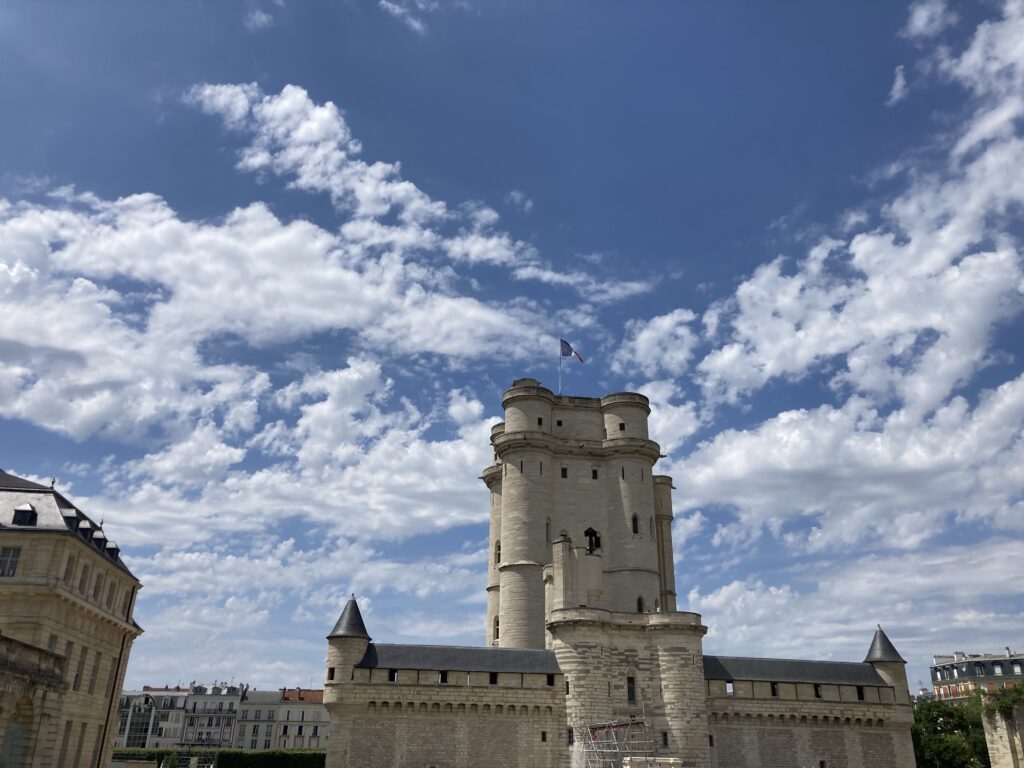
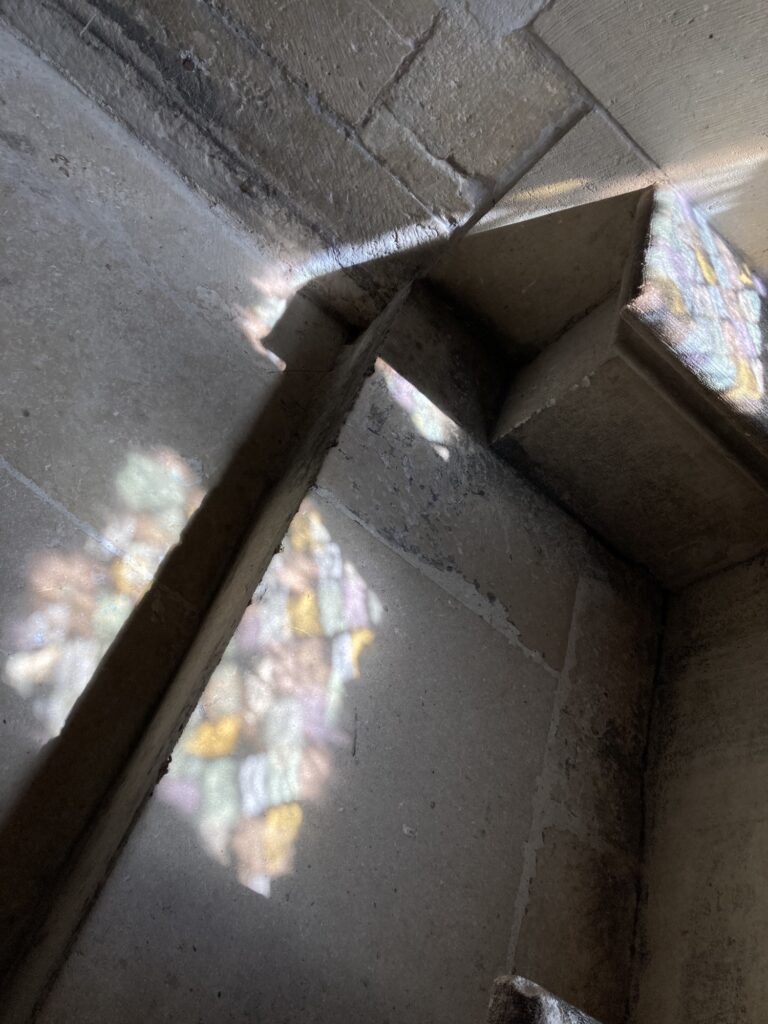
Bercy
Now moving to the Bercy part of last Tuesday. It was a really awesome area to walk through, especially, as Smith pointed out, it is not really a huge tourist area. Bercy does have an interesting history that I learned at the Musee de Carnavalet, which I went to on the 14th. In the prehistory part of the museum, a panel mentioned that “during the renovation of the Bercy district…, an archeological excavation revealed a remarkable site, inhabited from the Early Neolithic period.” I just found it really cool to see Bercy mentioned in the museum and to have an interesting archeological history!
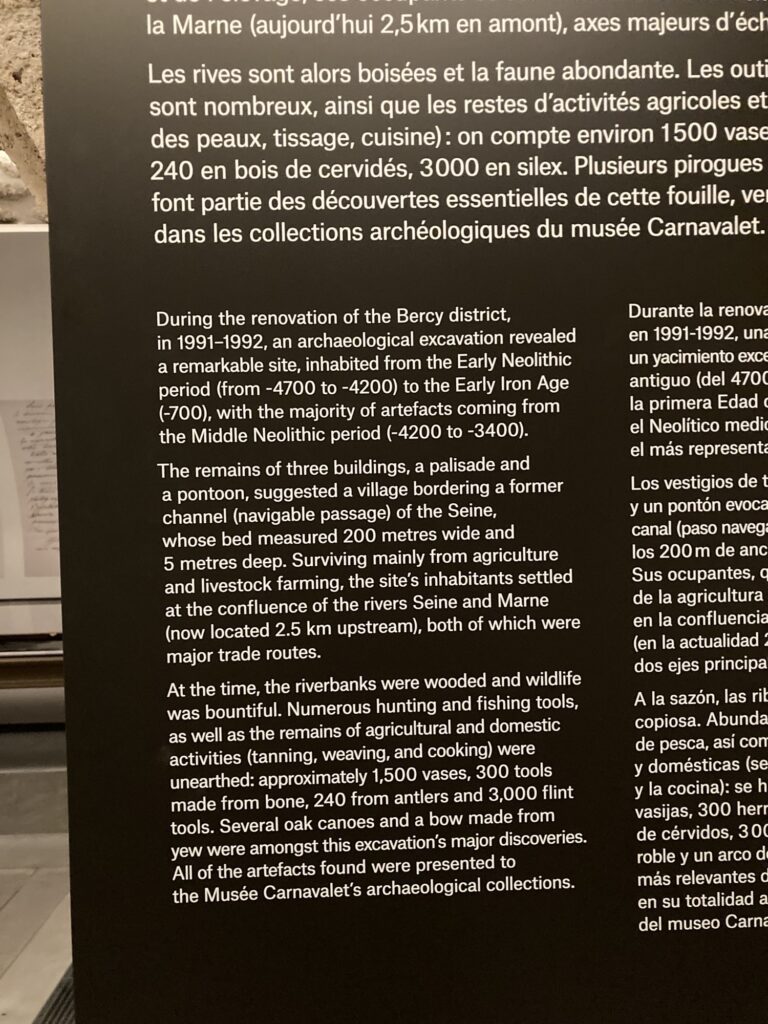
Coming back to the actual day we were there, the first thing that caught my eye was this figure with the sign “eau de Paris.” Now I know this means “water of Paris,” but does anyone have any idea why it was created to look like a silhouette of a woman? It greatly intrigues me. Now this figure was right out front of the National Library which was an amazing modernist structure. I love libraries, so this was just awesome to see, and I love how the four corners are designed to look like books! It gives the building a very distinct design that can be noticed from a distance. The last part of Bercy I wanted to mention was the shopping center, or village, we ended on. Who doesn’t love great adaptive reuse? This is such a great example of old factories being repurposed into something people can utilize. Also, I’m going to insert a video of me swirling “potions” from the Harry Potter store because I found them memorizing (but we don’t stan J.K. R**ling).
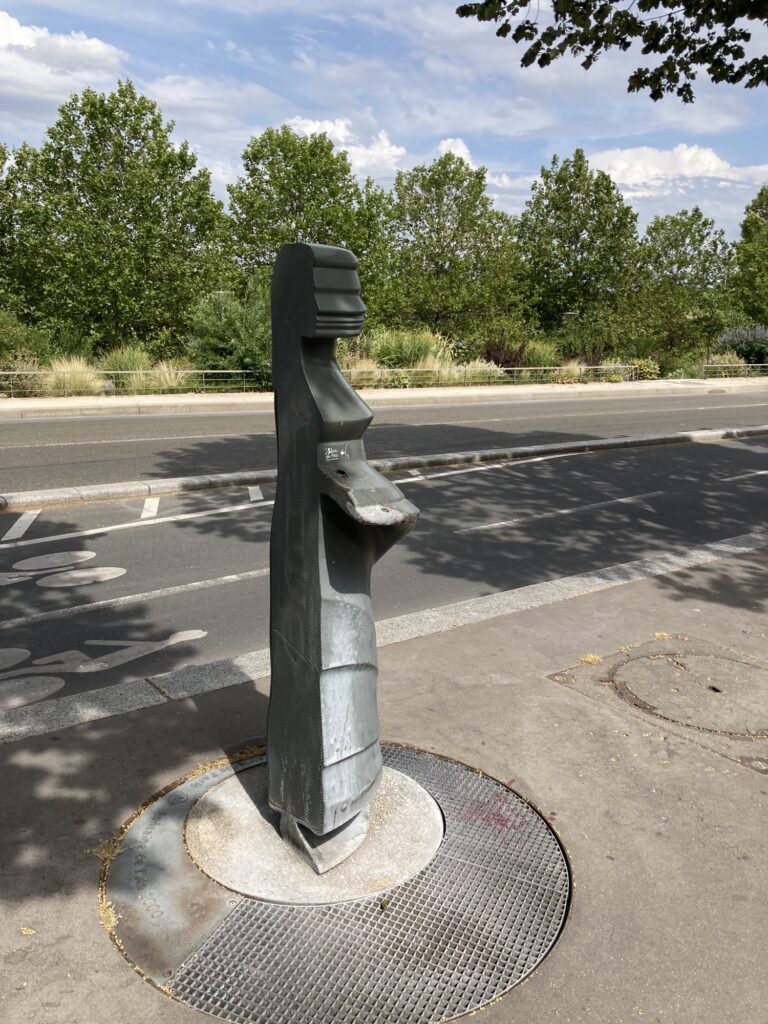

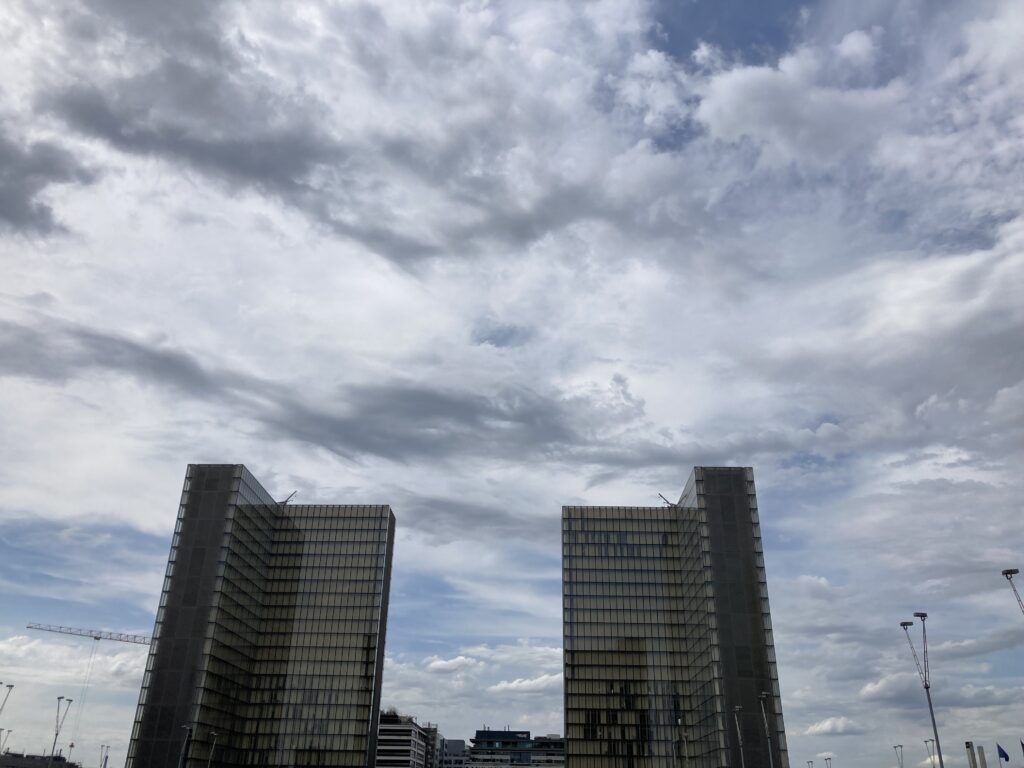
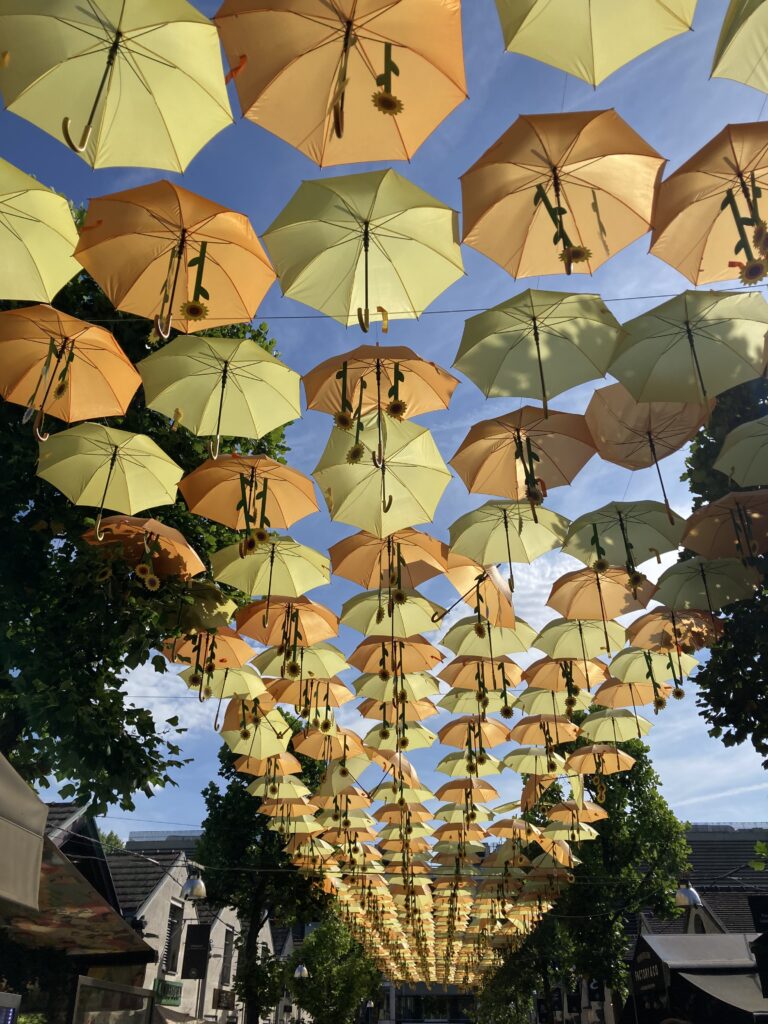

2 replies on “Blog #5: Old Study Toilets and Bercy”
Ye olde study toilet was the highlight of my visit! I was curious after our inspection as to where the “royal waste” could have gone, since we weren’t able to peer down into the actual toilet, so I did some research (yes, about poop).
Medieval castles in Europe, like Chateau de Vincennes, were fitted with private toilets known as “garderobes” which were located above tall holes draining into moats. The chateau has a deep, dry moat today but water DID originally fill the moat during the 1360s. The moat is isolated from any other body of water, which means that the waste did not filter away from the chateau but rather sat and collected. Apparently, animals who fell into moats were at serious risk of developing dangerous illnesses (I guess this goes for people too! A great defense against attack, LOL).
I absolutely love the research you did into this topic, truly fascinating! lol